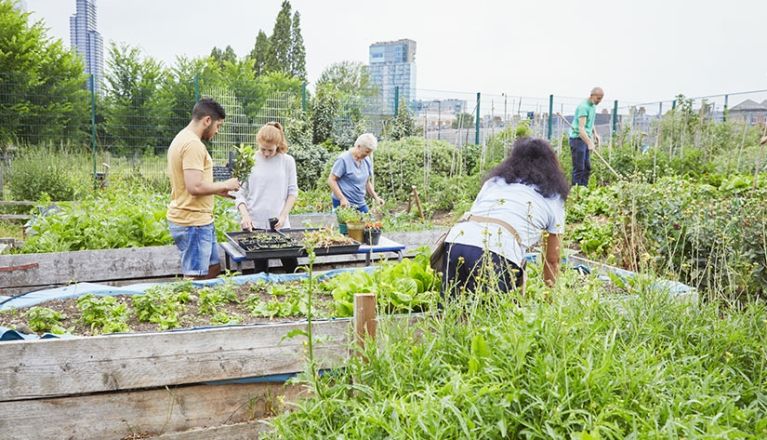- #Environment
- 2021/04/07
- 0
-
4
Eco-neighbourhoods – the first step towards sustainable cities
Sustainable cities are frequently planned at the level of their neighbourhoods. This is often a first step. In France, the number of eco-neighbourhoods is rising, but these neighbourhoods, which are built using high-performance technical systems, sometimes face issues in terms of their everyday use.

What is an eco-neighbourhood?
An eco-neighbourhood is an urban planning project designed, organised, and managed in accordance with sustainable development principles (green transition, quality of life, social diversity, economic development, and long-term appeal). As well as meeting strict environmental performance criteria, an eco-neighbourhood is also intended to ensure social and functional diversity (housing, shops, public amenities, tertiary activities, etc.).
This approach was first adopted in London in the early 2000s with the construction of the BedZED eco-village (Beddington Zero (fossil) Energy Development). This development includes 2,500 m² of office and retail space and 82 homes. Its energy footprint is 80% lower than a traditional neighbourhood and it uses 50% less water thanks to environmentally friendly buildings, waste recycling, and the development of the local economy. Similar projects have been completed around the world, for example in Malmo, Sweden, and Mata de Sesimbra in Portugal.
A rising number of eco-neighbourhoods in France
"ÉcoQuartier" (eco-neighbourhood) certification
In France, the ÉcoQuartier certification process set up by the government in 2012 identifies and promotes the design and construction of neighbourhoods that implement the 20 commitments set out in the ÉcoQuartier standard. These commitments incorporate all aspects of sustainable urban planning, including quality of life, efficient use of energy, water and waste, green mobility, housing diversity, social cohesion, etc. The ÉcoQuartier approach is aimed at all project sponsors (local authorities, urban planners, private companies, and citizens' organisations) and all types of projects: new builds or urban renewal projects, renovation of underprivileged neighbourhoods, developments in large metropolitan or suburban areas, in mainland France and the overseas territories. As of the start of 2021, nearly 300 neighbourhoods under construction or completed across France had received this certification.
Example of an eco-neighbourhood in Grenoble
The ZAC de Bonne eco-neighbourhood in Grenoble involved the reconversion of a brownfield site, with the construction of around 1,100 homes (over 40% of which were social housing rentals), student housing (around 200 units), and a park covering 5 hectares. The buildings respect the French HQE (high environmental quality) standard and include innovative waste management systems.
The current limits of eco-neighbourhoods
An eco-neighbourhood connects technical innovation and lifestyles. Feedback from eco-neighbourhoods completed several years ago shows that it is important to better connect technical innovations with residents' needs and real habits. Often, the implementation of technical solutions, in particular those used for the energy transition, is hindered because user behaviour was poorly anticipated at the design stage. Certain user habits undermine the expected technical performance (extravagant use of heating, excessive daily airing, residents damaging innovative materials, etc.). These issues arise because of difficulties in incorporating residents' behaviour and habits in the early stages of projects.
Sources: cohesion-territoires.gouv.fr ; ecoquartiers.logement.gouv.fr; Iddri (Institute for Sustainable Development and International Relations)




